HS-ESS1-3
Communicate scientific ideas about the way stars, over their life cycle, produce elements.
-
 Space
SpaceMoon-sized white dwarf is the smallest ever found
This dead star is also spinning very fast and has an amazingly powerful magnetic field.
-
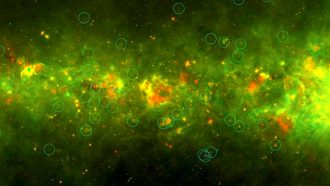 Space
SpaceThe Milky Way’s ‘yellowballs’ are clusters of baby stars
The mysterious cosmic objects — first spotted by citizen scientists — turn out to be infant stars of various masses.
-
 Space
SpaceExploding neutron star proves to be energy standout of the cosmos
This is what scientists had suspected. But until one showed up outside our galaxy, they couldn’t be sure. Now they are.
-
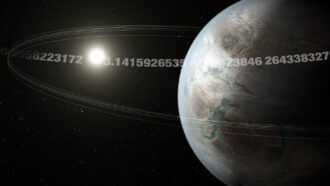 Space
SpaceMeet ‘Pi’ — a new Earth-sized planet
Searching through data from NASA’s K2 Mission, researchers found a new planet. Some call it K2-315b, others smile and refer to it as “Pi Earth.”
-
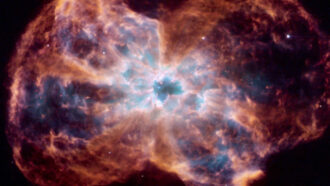 Space
SpaceStrange but true: White dwarfs shrink as they gain mass
Telescope observations of thousands of these stars now confirm a decades-old theory on how their masses relate to their waistline.
-
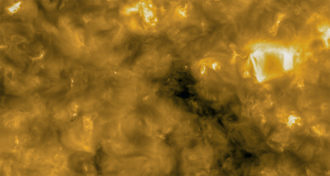
Close-up of the sun reveals ‘campfires’
Solar Orbiter’s first images are in. The spacecraft’s pics show tiny, never-before-seen flares across the sun’s surface.
-
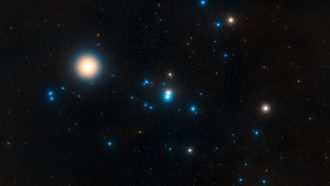 Space
SpaceMilky Way’s tidal forces are shredding a nearby star cluster
The nearest star cluster is being pulled apart, due largely to the tidal forces of our galaxy, the Milky Way. Bye bye, Hyades!
By Ken Croswell -
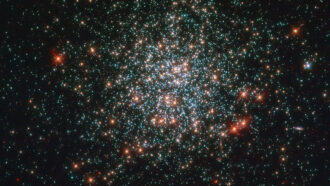 Physics
PhysicsExplainer: Stars and their families
Most pinpoints that light the night sky are raging infernos we call stars. As adults, many will create new elements that they later cast off into the cosmos.
By Ken Croswell -
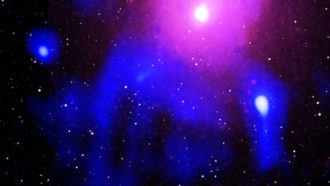 Space
SpaceBlack hole mega-burp was truly explosive
Long, long ago, in a galaxy far, far away, a black hole blasted out 100 billion times as much energy as our sun ever will. One word for that: Wow!
-
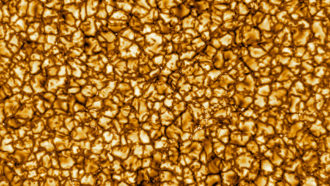 Space
SpaceSee the sun in dazzling detail
These images show the sun as it has never been seen before. They come from the new Daniel K. Inouye Solar Telescope.
-
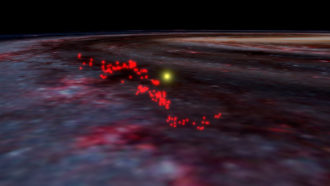 Space
SpaceOur sun is neighbor to a giant wave of gas
The Earth and sun sit relatively close to a newfound thread of star-forming gas. That gas is being called the Radcliffe Wave.
-
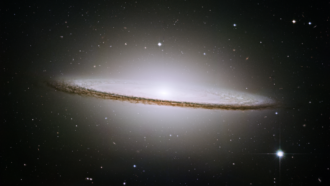 Space
SpaceThis ‘Sombrero’ stole a big galaxy
The Sombrero Galaxy is an odd spiral galaxy that outshines all others within 35 million light-years of Earth. Its bright, iron-rich halo suggests it consumed one or more large galaxies.
By Ken Croswell